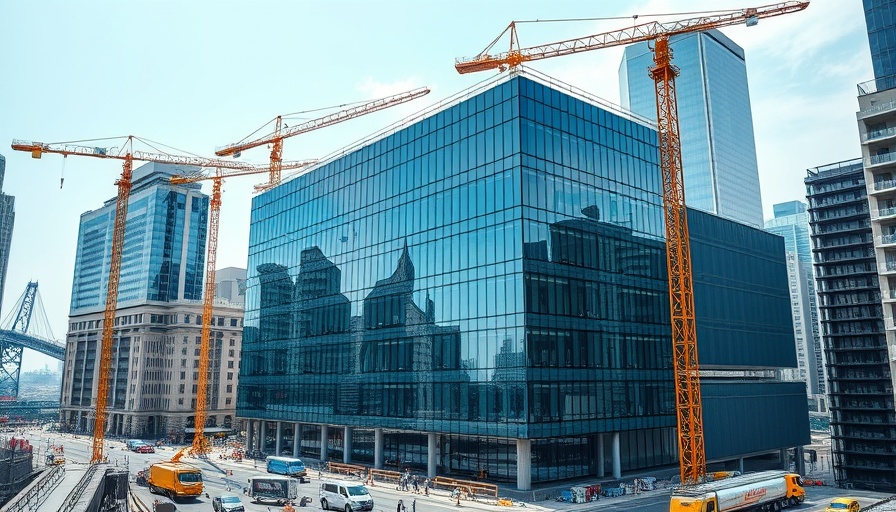Executive Interviews and Company Profiles
Braman Comprehensive Cancer Center: Miami Beach's New Hope in Oncology
2
The Braman Comprehensive Cancer Center: A Commitment to Health Care Excellence
In a significant stride toward improving cancer care in South Florida, Brasfield & Gorrie recently topped out the new Irma and Norman Braman Comprehensive Cancer Center at Mount Sinai Medical Center, a project that marks the culmination of decades of planning and dedication. This state-of-the-art facility, designed to enhance patient access to advanced oncology services, is set to address the rising incidents of cancer effectively.
Innovative Design Meets Environment
More than just another healthcare building, the Braman Comprehensive Cancer Center is a visually stunning addition to Miami Beach's skyline. The structure's fluid, organic design is inspired by the waves of nearby Biscayne Bay, created using 98 unique panel molds to craft 464 precast panels that weigh between 8,000 and 39,200 pounds. This intricate design not only looks impressive but also reflects a commitment to integrating healthcare within the community's natural beauty.
Constructing Hope: The Concrete Efforts Behind the Center
Brasfield & Gorrie has committed significant resources to ensure the construction meets both aesthetic and operational standards. With over 16,000 cubic yards of concrete and 2.3 million pounds of reinforcing steel utilized, the foundation is robust, underpinning a facility that is set to deliver clinical excellence. Mike Peters, Vice President and Division Manager at Brasfield & Gorrie, articulated this commitment, emphasizing the company's focus on supporting vulnerable community members through exceptional construction.
Future-focused Cancer Care Facilities
Upon completion in early 2026, the new cancer center will encompass 234,000 square feet of advanced oncology space, which includes a well-rounded suite of services: infusion and exam rooms, imaging centers equipped with cutting-edge technology such as CT simulations and DEXA scanning, and dedicated radiation oncology areas featuring advanced therapy equipment like linear accelerators. This comprehensive offering will cater to numerous patient needs while maintaining an environment that promotes healing and comfort.
A Vision for Community Health
As the population in South Florida continues to grow, Barry L. Skolnick, chairman of the board of trustees of Mount Sinai Medical Center, emphasized the importance of this facility. He remarked that this center would bring highly skilled medical staff closer to residents, thereby eliminating barriers to access vital cancer treatment and support services. The emphasis on patient-centered care is pivotal, as it correlates with improved treatment outcomes and community well-being.
Implications for Construction and Healthcare Innovations
For business owners, property developers, and facility managers, the Braman Comprehensive Cancer Center illustrates the importance of investing in healthcare facilities that are not only functional but also enhance community health. This project is part of a broader trend in the construction industry focusing on creating green, sustainable buildings that significantly improve health outcomes. Such advancements present new opportunities for leaders in construction and healthcare to collaborate on future projects.
The construction of the Braman Comprehensive Cancer Center stands as a beacon of hope and progress in South Florida. Its innovative design and community-focused approach herald a new era of cancer care. For stakeholders in the construction and healthcare sectors, this project embodies the intersection of architectural vision and societal need.
As we look to the future of healthcare facilities, projects like this one should inspire more developments that prioritize client health and innovative construction techniques that resonate with community aesthetics.

 Add Row
Add Row
 Add
Add

 Add Row
Add Row
 Add Element
Add Element















 Add Row
Add Row
 Add
Add

